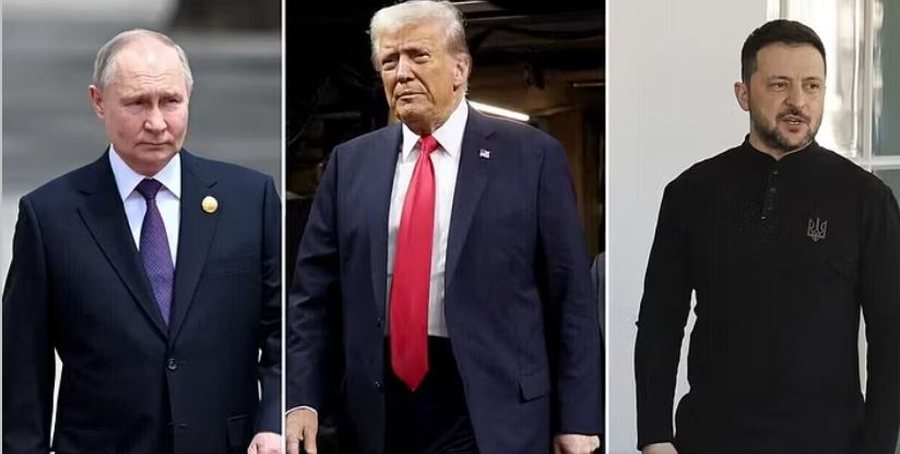
The United States has withdrawn from its official position as a formal mediator in peace negotiations between Ukraine and Russia. The news, published by The Telegraph and subsequently picked up by media outlets around the world, was actually announced by the Trump administration in recent days, both through the State Department and through Secretary of State Marco Rubio. From a propaganda point of view, the decision was justified by the lack of progress in negotiations between the two sides in the conflict, at a time when Washington has moved closer to Kiev after the meeting between Donald Trump and Volodymyr Zelensky in the Vatican and the signing of an updated version of the agreement on Ukrainian minerals. But what does it really mean that the US is no longer mediating peace talks, and what is behind this?
A decision announced
As early as May 1, State Department spokeswoman Tammy Bruce had specified that the United States “remains committed to supporting peace efforts in Ukraine, but will be reducing its direct role as a mediator.” President Trump “also knows that there is another part of the world, an entire globe that needs attention. We do not intend to suddenly fly to the other side of the world to mediate meetings. This is a problem for both sides, and it is time for them to present and develop concrete ideas on how to end this conflict.” The statements reflect a significant shift in Washington’s approach, after months of stalled diplomacy aimed at brokering a ceasefire.
The importance of the US withdrawal as a negotiating mediator
Until now, the United States has acted as the official mediator between the Russian and Ukrainian sides. In concrete terms, this means that an American delegation or representative could and should have been present at any possible remote efforts, meetings or talks between Kiev and Moscow. A necessary condition for the Kremlin, which agrees to speak on equal terms only with the Americans, as well as for the Ukrainian government, which must be supported by its strategic protector. The State Department said it was changing the “methodology by which Washington contributes” to the talks and would no longer “fly around the world unannounced” to participate in the meetings. In the new American rhetoric, the ball is now in the court contested by Kiev and Moscow, who must “present concrete proposals to end the war” and “meet directly to resolve the conflict.” All of this does not mean at all that the US will withdraw from informal and general mediation between the warring parties: the Ukrainian file remains strategic for the American apparatus and the Russians want to sit at the table only with a power that is considered of equal caliber.
Trump administration's first arms shipment to Kiev
The Trump administration finds itself torn between the need to continue dialogue with Moscow, to distance it from Beijing, and to renew support for Kiev, which in practice cannot be just a European issue. This is in line with the approval of the first sale of military supplies to Ukraine since the tycoon returned to the White House, indicating that the minerals deal could pave the way for new arms shipments. The US State Department has certified a license to export Ukrainian defense equipment and services worth “$50 million or more,” according to a memo to the US House of Representatives Foreign Relations Committee. This would be the first authorization of its kind since Trump suspended all military aid to Ukraine shortly after taking office.
What does the new US-Ukraine minerals agreement include and why does it matter?
Zelensky said on Thursday that the minerals deal has “changed significantly” from the first version and is now “a truly equal deal that allows for investment in Ukraine.” In particular, the agreement excludes the recovery of funds previously sent to Ukraine as military and humanitarian aid, which Trump has repeatedly said he wants to bring back to America. The plan would also have to be implemented “in a way that does not hinder Ukraine’s integration into the EU.” American companies would not have a monopoly on deals in the country, but would simply gain the right to participate in competitive bidding on fair terms. The final document was the fruit of nearly three months of negotiations, after the first draft was presented in Kiev by US Treasury Secretary Scott Bessent and rejected by Zelensky as “too punitive.” A second attempt at an agreement and signing was scheduled at the White House for February, but was aborted after a clash between Trump and the Ukrainian president in the Oval Office. (A2 Televizion)











